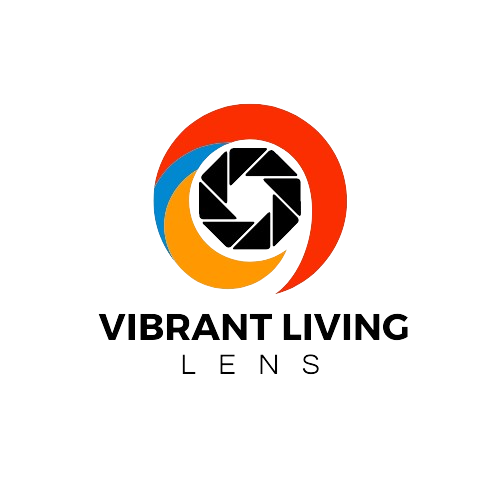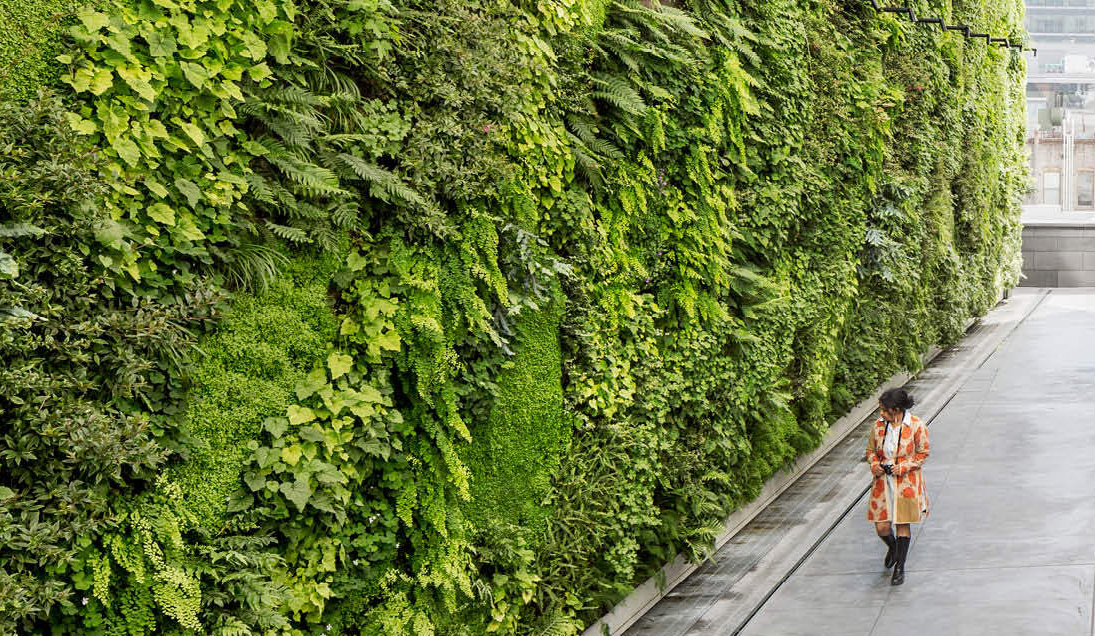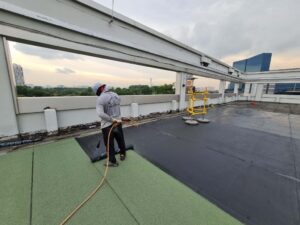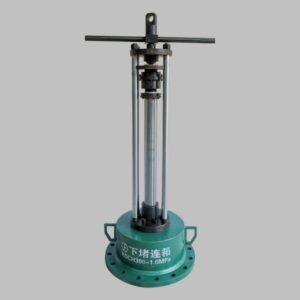The modern world continues to find harmony between nature and urbanization, and one of the most impressive innovations bridging this gap is the vertical green wall system. As cities grow denser and buildings reach higher, the demand for sustainable and visually captivating spaces has never been stronger. Vertical green walls have evolved from a niche concept into a global trend, becoming essential components of eco-conscious architecture. They offer more than just aesthetic beauty—they embody the future of sustainable design, turning concrete jungles into living ecosystems that promote health, well-being, and environmental balance.
The Modern Appeal of Vertical Green Wall Systems
Urban design has always strived to balance progress and preservation, but the vertical green wall system redefines this balance by integrating nature directly into structures. These living walls are now visible across commercial centers, office towers, hotels, and homes, symbolizing sophistication and sustainability. They provide an immediate visual impact while improving indoor and outdoor environments.
In many metropolitan areas, vertical green walls represent innovation in sustainability. They help developers and architects create functional art that benefits both people and the planet. With the growing awareness of climate change, more designers are embracing green wall systems as a way to improve air quality and reduce building heat. Beyond their function, they also contribute to community well-being, offering a calming green aesthetic in areas often dominated by concrete and glass.
What Is a Vertical Green Wall System?
A vertical green wall system, often referred to as a living wall, is a structure covered with vegetation that is grown using hydroponic or soil-based methods. It includes several layers: a support frame, waterproof membrane, irrigation system, growing medium, and plants. Each layer plays a crucial role in sustaining plant life and ensuring structural stability.
Unlike traditional facades, which are purely decorative, green walls are living ecosystems. They are designed for both indoor and outdoor environments, making them adaptable to a variety of spaces—from small apartment balconies to expansive corporate buildings. The system can include flowering plants, ferns, herbs, or even succulents, depending on the location and design preferences.
Key locations for installation include:
- Commercial buildings such as malls and hotels
- Office spaces seeking a modern, eco-friendly image
- Residential homes looking to bring nature indoors
- Public spaces that promote environmental awareness
The Science Behind Vertical Green Wall Systems
The success of a vertical green wall system lies in its scientific foundation. Each system uses either hydroponics (a soil-less growing method) or traditional soil planting to sustain the plants. The hydroponic method, which uses nutrient-rich water solutions, is often preferred for its efficiency and cleanliness. Advanced irrigation systems automatically monitor water flow and nutrient levels, ensuring consistent plant growth.
Technology plays a critical role in maintaining these walls. Smart sensors track moisture, temperature, and light exposure to ensure optimal plant health. Drainage systems prevent excess water buildup, which could otherwise damage the wall structure or affect plant roots. Designers also take into account climate factors—like humidity, wind, and sunlight—to select plants best suited for specific environments.
Environmental and Health Benefits
The vertical green wall system is more than a decorative feature—it’s a functional environmental solution. These walls actively filter toxins and pollutants from the air, helping to improve air quality in both indoor and outdoor spaces. The plants absorb carbon dioxide and release oxygen, reducing overall carbon emissions in urban environments.
They also act as natural insulation, keeping buildings cooler during hot months and retaining warmth during colder seasons. This reduces the need for artificial cooling or heating, ultimately lowering energy consumption. On a human level, exposure to greenery has proven to reduce stress and improve focus. For offices, it can lead to higher productivity and happier employees.
In dense urban landscapes, vertical green walls help combat the “heat island effect,” where city areas experience higher temperatures due to concrete surfaces. The introduction of vegetation restores balance, promoting biodiversity by attracting birds, insects, and pollinators back into the city ecosystem.
Design Possibilities and Aesthetic Impact
The design flexibility of a vertical green wall system is nearly limitless. Architects can create dynamic patterns using a mix of plant textures, shapes, and colors, transforming an ordinary wall into a living piece of art. Designers use plant species that complement each other visually and functionally, ensuring balance and longevity.
Lighting also plays a major role in enhancing the wall’s aesthetic appeal. LED grow lights are often used indoors to ensure adequate plant growth while highlighting the visual beauty of the greenery. The integration of these walls in spaces like lobbies, hotel entrances, or residential patios creates an immediate sense of tranquility and luxury.
Common design applications include:
- Reception areas that promote a welcoming environment
- Outdoor façades for sustainability branding
- Residential balconies for natural privacy screens
- Restaurants and cafés to create an inviting, organic atmosphere
Installation and Maintenance Essentials
Installing a vertical green wall system involves meticulous planning. It begins with assessing the site—analyzing light exposure, available space, and structural support. The wall must be able to handle the weight of both the plants and the irrigation equipment. Engineers and horticulturists work together to design a layout that balances aesthetics and plant needs.
Once installed, the system requires regular maintenance to ensure its long-term success. Automated irrigation systems simplify watering, while trimming and fertilization keep plants vibrant. Maintenance teams also check for pests, replace damaged plants, and clean the system’s components. Ignoring these tasks can lead to plant decay or malfunctioning irrigation systems.
To avoid common pitfalls, property owners should:
- Schedule routine maintenance checks
- Use native or climate-suitable plants
- Ensure proper lighting and ventilation
- Work with experienced green wall professionals
Cost and Sustainability Considerations
While the initial cost of installing a vertical green wall system may seem high, the long-term benefits far outweigh the investment. Prices vary depending on wall size, plant type, and system complexity, but the savings in energy efficiency can be significant. By improving insulation, buildings spend less on cooling and heating systems throughout the year.
Sustainability remains at the core of these installations. Many systems use recycled materials for wall panels and water-efficient irrigation systems that recycle excess water. Businesses that invest in these projects also enhance their green image, contributing to environmental certifications like LEED or BREEAM. Some local governments even offer incentives for adopting sustainable construction methods.
How Vertical Green Wall Systems Enhance Property Value
Beyond aesthetics and sustainability, vertical green walls directly impact property value. For commercial properties, they create a strong brand identity rooted in eco-consciousness. They attract clients, tenants, and employees who value modern, sustainable environments.
In residential settings, they elevate the ambiance of homes, creating unique living spaces that connect people with nature. This added value not only boosts resale potential but also increases the comfort and desirability of the property. Companies that install vertical green walls often find that employees report improved well-being and reduced fatigue.
Choosing the Right Vertical Green Wall Provider
Selecting the right provider for a vertical green wall system ensures the project’s success. A reputable provider should have proven expertise in both design and horticultural maintenance. Prospective clients should review portfolios, request references, and ensure the company offers maintenance services after installation.
Consider these factors when choosing a provider:
- Experience with both indoor and outdoor installations
- Quality of irrigation and support systems
- Availability of ongoing maintenance programs
- Transparency in pricing and project timelines
Common Misconceptions About Vertical Green Wall Systems
Some believe that vertical green walls are expensive or difficult to maintain, but modern systems are designed for efficiency and durability. Automated irrigation, climate-specific plant selection, and modular panels have made maintenance easier than ever.
Another misconception is that all green walls require direct sunlight. In reality, many indoor green walls thrive under artificial grow lights. Others assume that only large buildings can accommodate green walls, yet compact systems now exist for small apartments and homes. These innovations make green walls accessible to nearly everyone, regardless of space or budget.
Future Trends in Vertical Green Wall Technology
As technology evolves, so do vertical green wall systems. Smart irrigation and IoT-based monitoring tools now allow users to control watering schedules and nutrient delivery remotely. Artificial intelligence is also being introduced to monitor plant health, detect diseases early, and optimize maintenance schedules.
Sustainability continues to drive innovation, with advancements in biodegradable materials and energy-efficient lighting. Modular designs make it easier to expand or relocate walls, offering flexibility for future renovations. The next generation of vertical green walls will blend nature, technology, and architecture in ways never before imagined.
Frequently Asked Questions (FAQ)
1. How long does a vertical green wall system typically last?
A well-maintained system can last 10 to 15 years or more, depending on plant species and upkeep.
2. Can it be installed indoors as well as outdoors?
Yes, vertical green walls can thrive both indoors and outdoors with proper lighting and ventilation.
3. What are the best plant types for tropical climates?
Ferns, pothos, philodendrons, and spider plants are popular choices for tropical environments.
4. How much maintenance does it really require?
With automated irrigation and regular inspections, maintenance is minimal and manageable.
5. Are there eco-friendly irrigation options available?
Yes, many systems now use water recycling and energy-efficient pumps to reduce waste.
Takeaway
The vertical green wall system represents the future of sustainable architecture and urban living. Beyond its beauty, it brings nature back into modern environments, purifying air, reducing heat, and improving mental well-being. Whether for a home, office, or commercial space, investing in a green wall means investing in a healthier, more sustainable future—one that breathes life into every surface it touches.




